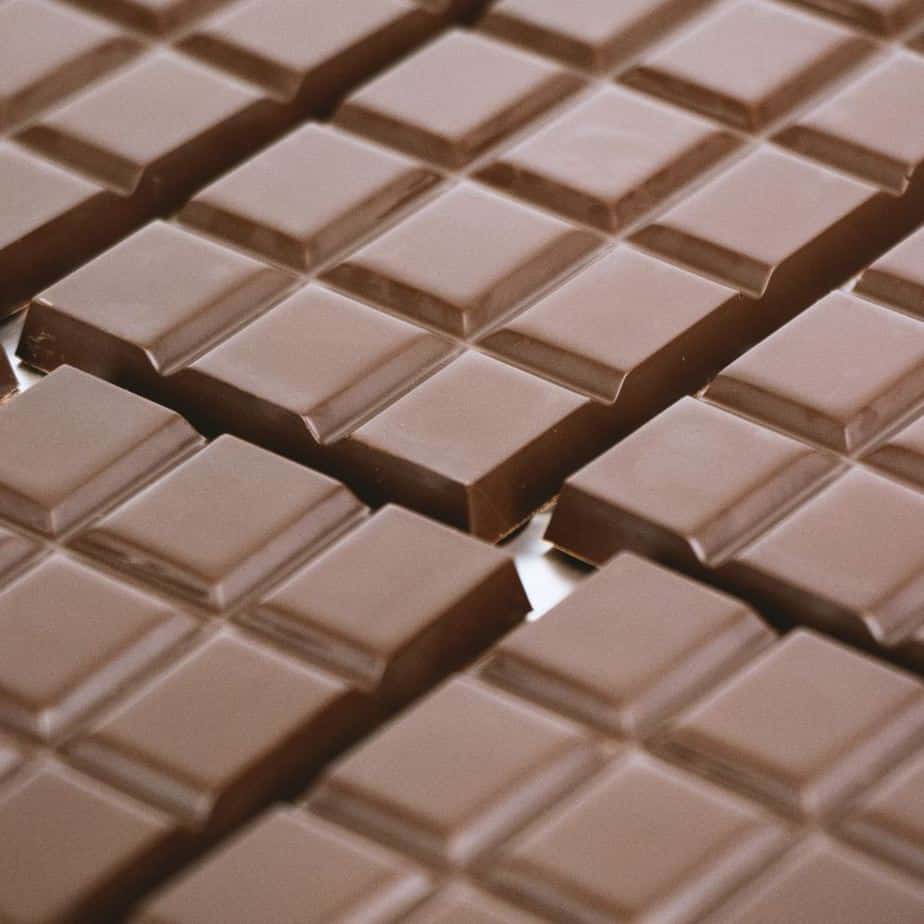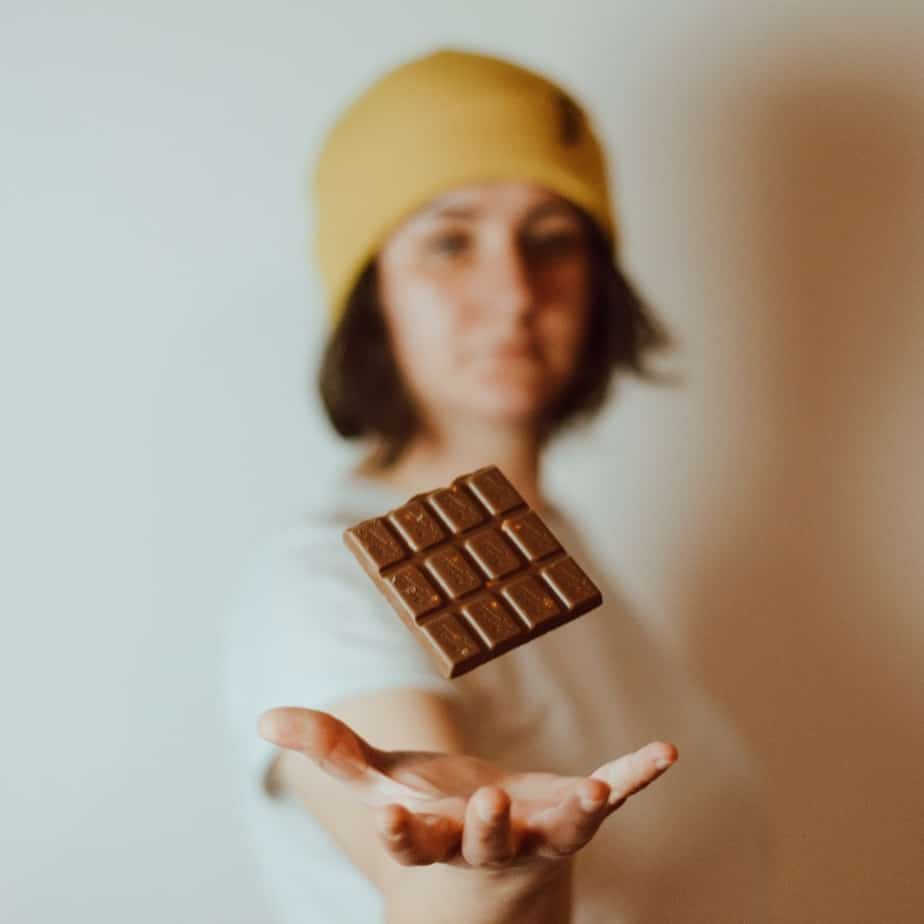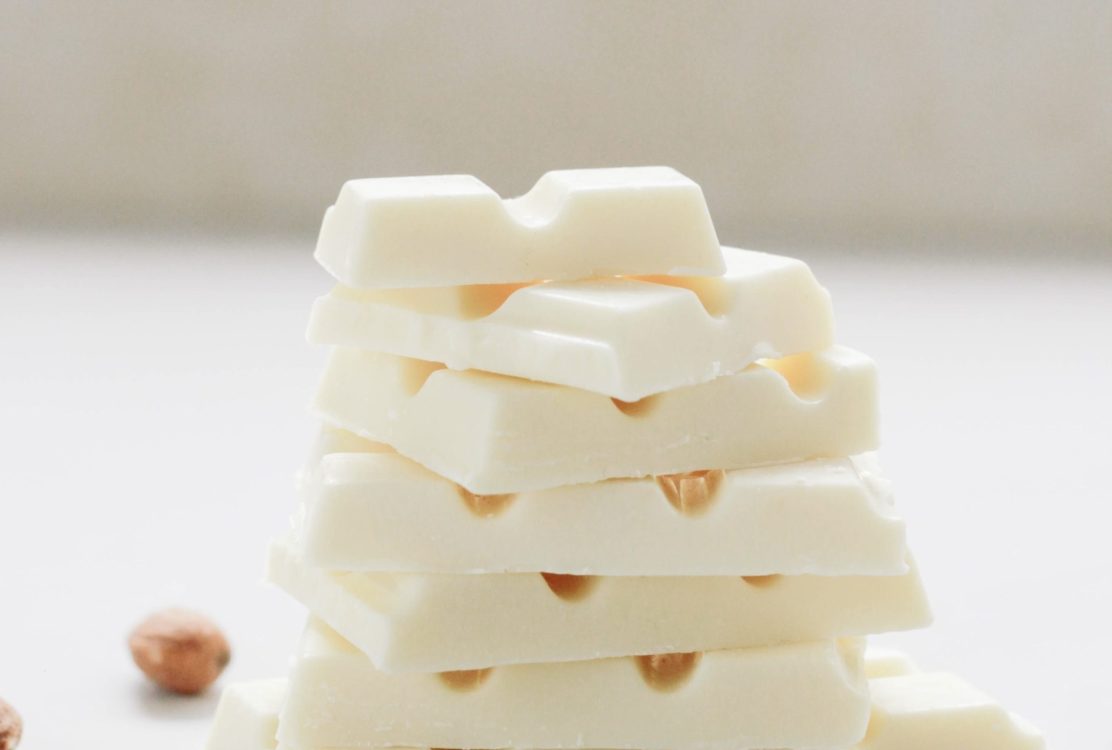In this article, we will try to answer this question as best we can in two parts. In the first part we talk about the origin of chocolate and why Mexico or other countries south of the United States are often credited as the inventors of chocolate. The second part is about the invention of the melt-in-the-mouth chocolate bar as we know and love it today.
The origin of chocolate: cocoa from South and Central America
A common misconception is that chocolate was invented in Mexico. At least when we mean the delicious, creamy, melt-in-the-mouth bars of chocolate that we can buy in every supermarket today. It is true that the cocoa tree is native to Central and South America . The origin of chocolate in the sense of the fruit of this tree is located there. It is also certain that the peoples there processed and consumed the cocoa beans. The fact that Mexico is often mentioned as the country of origin of chocolate is due to the well-preserved traditions of its two most important native advanced cultures. Because both the Maya in Central America (heyday 250-900 AD) and the Aztecs (heyday 1300-1500 AD) made a drink from the beans of the cocoa tree. We know this so well because the Maya had already developed their own script and recorded their knowledge of cocoa in books made from tree bark, among other things. Archaeologists also found clay vessels engraved with scenes of cocoa ceremonies in Mayan tombs that were still closed.
Bitter drink instead of melt-in-the-mouth bar
However, the cocoa end product of the Maya and Aztecs had very little in common with chocolate as we know it today. Ultimately only the main ingredient, the cocoa bean. From this, the Maya and Aztecs prepared a bitter-tasting drink, which they refined with spices and honey. Cocoa was also consumed as porridge, grits, and powder. But not as a chocolate bar by a long shot.

It is now also proven that it was neither the Maya nor the Aztecs who discovered the fruit of the cocoa tree for themselves. Because the Olmec , who are considered the first civilized people in America, bred in their heyday around 1500-400 BC. BC cacao trees. And the first indications of the consumption of chocolate, in the form of the substance theobromine contained in cocoa in clay pots, date back as far as 3500 BC. So if we talk about chocolate as a broadly defined end product of the cocoa bean, it was probably invented 5,500 years ago . And not in Mexico, but in the region of northwestern Brazil, Peru, Ecuador, or southern Colombia .
Chocolate: A transnational project
There is no question that chocolate has its origins in Latin America . But how did the bitter drink become what we understand today as chocolate?
Spain: colonial power and cocoa pioneers
The Spaniards made an important contribution. While they busily colonized one country after another and swept across South America like a plague, they also brought with them to Europe some foods unknown to the old world. So does the cocoa bean and with it the way the Maya and Aztecs prepared it as a drink. But because the drink was too bitter for them, they added sugar and spices such as cinnamon and anise . This novelty quickly became the new favorite drink of the Spanish court. Long story short: Cocoa spread from Spain to other European countries. (If you're interested in learning more about the history of chocolate, you might be interested in our Chocolate History article .)
Back to chocolate as we know it: via a detour to the Netherlands
The cocoa bean had meanwhile arrived in Europe, but for a long time it was only available as a drink and was reserved for high-income people because of its high price.The main thing that made the cocoa expensive was the time-consuming, manual processing. The innovation boom of industrialization also left its mark on cocoa processing. A very important step towards chocolate as we know it today was the invention of the Dutchman Coenraad Johannes van Houten . His hydraulic press created a new type of more soluble chocolate powder that made mixing drinking chocolate much easier. The expensive drink thus became available to everyone and was no longer reserved for the elite.
So which country invented chocolate?
Well, we've been to Spain, made a little detour through the Netherlands and are now coming to the country where chocolate bars were invented. And that is: England.There, in the city of Bristol , the first European chocolate factory " Fry & Sons " opened as early as 1728. More than a hundred years later, they came up with the idea of mixing the van Houtens cocoa powder with cocoa butter instead of water. The chewy mass was then poured into molds and laid the foundation for what we know and love as chocolate today.
From the simple bar to the smooth perfection
The bar of chocolate was invented in England. However, this still had little in common with what we know and love as chocolate today. Switzerland played an important role in the perfection of chocolate with two central inventions : On the one hand, milk chocolate, the most popular type of chocolate today, was invented there. The process of producing milk powder previously developed by Henri Nestlé, also Swiss, was important here. This invention then inspired the Swiss chocolate manufacturer Daniel Peter to add the powder to chocolate. He wasn't really happy with it, but at least it gave him food for thought about mixing milk with chocolate. He then replaced the powdered milk with condensed milk and hit the bull's eye: the new chocolate variety was a hit right from the start! However, milk chocolate today is made with powdered milk, not condensed milk. So Peter's first intuition finally proved its worth.

And the first chocolate in Germany?
Even if today we have an immensely high per capita consumption of chocolate: For a long time Germany did not play a particularly important role in the production of chocolate.But of course the hype surrounding the exotic delicacy didn't go unnoticed in Germany either. In 1706, Prince Wilhelm von der Lippe built one of the first chocolate factories near Hanover. The first chocolate in Germany was probably made in Hanover . And the oldest chocolate factory still in production today is the Halloren chocolate factory in Halle an der Saale, founded in 1804.
The Invention of Chocolate: An "International Group Project"
So the invention of chocolate cannot be attributed to any particular country . And the first bar of chocolate does not come from Mexico, Switzerland or Germany, but from England .Incidentally, the largest chocolate product producers are now based in the USA and most of the world's cocoa is grown in West Africa and not Latin America. A sad side effect of the development of chocolate into a mass product is that cocoa is now mostly grown in monocultures. This type of cultivation destroys local soils and, together with the use of powerful pesticides, damages local ecosystems. In addition, the working conditions there are usually anything but fair and far from any international standards.
This is exactly why it is so important when consuming our favorite treat to pay attention to where the beans come from and under what conditions they were produced. If you want to save yourself the tedious search for fine and fair chocolate, take a look at our chocolate shop . The chocolates in our shop are all made according to the bean-to-bar principle and are therefore definitely fair and sustainable - and delicious anyway! :)
You want more about the history of (fine) chocolate, about the flavors and how to taste chocolate properly? Then a chocolate tasting as a team event could be just the right thing.



